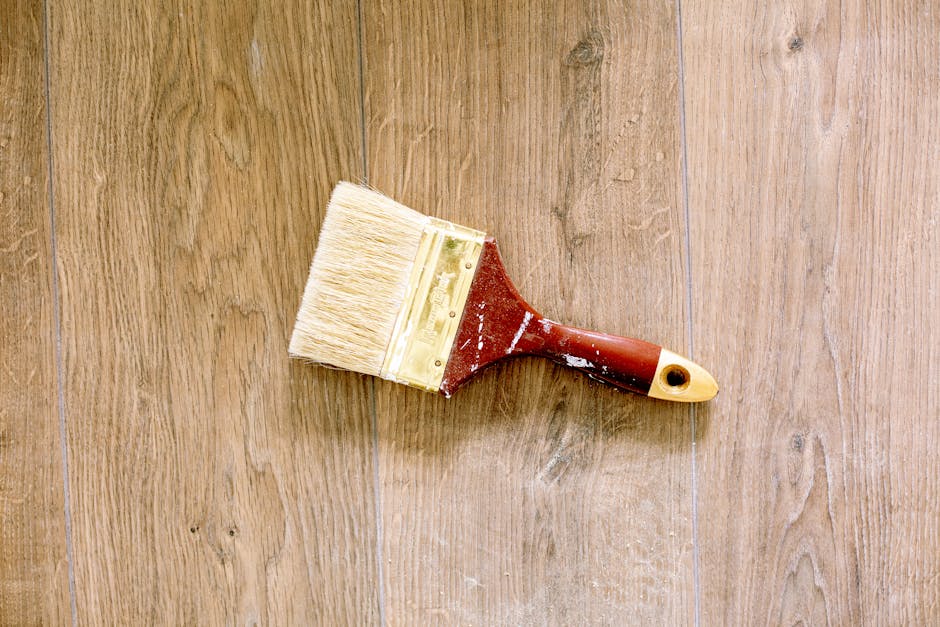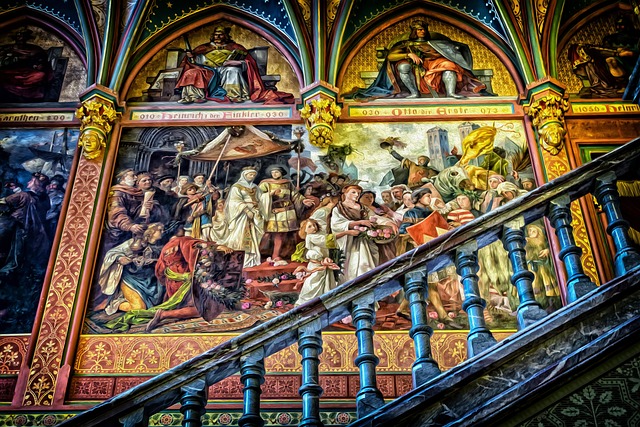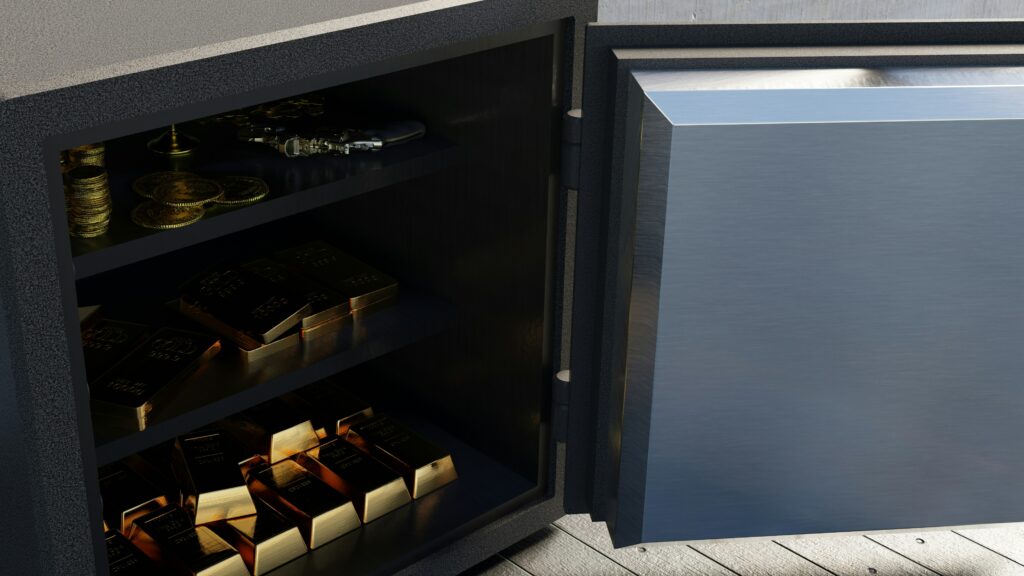Introduction: Style Without the Spend
Luxury has a reputation problem. People hear the word and think dollar signs—big ones. But upscale doesn’t have to mean overpriced. The truth is, a well-designed space is more about taste than money. Style is a point of view, not a checkout total.
Creative reuse is becoming the foundation of modern home decor, especially as more people want sustainability without sacrificing aesthetic. That jar you almost recycled? It could be a sleek vase. The old chair in your garage? With a fabric swap and some polish, it’s boutique-level cool. Upscale is about turning ordinary into intentional.
That’s the core idea here: vision beats budget. When you start seeing objects for what they could be—not just what they’ve been—you shift from consumer to creator. And in 2024, that’s the real flex.
What Makes Decor Look “Upscale”
Upscale doesn’t mean opulent. It means deliberate. The difference between clutter and curated is often just clean lines and thoughtful placement. Pay attention to contrast—light against dark, matte versus gloss—because it draws the eye and signals intention. A carefully placed black chair in a pale room says more than any label ever could.
Color is your quiet power. Calm, cohesive palettes—think soft earth tones, muted navy, warm gray—create rest for the eye and a sense of cohesion. If you’re repurposing, paint can be your best friend. Keep it tight and tonal.
Then, build sensory layers. Wood offers warmth, glass adds polish, and linens soften it all. When mixed right, they balance out and give even the humblest materials a sense of depth.
And now the secret weapon: lighting. Nothing cheapens a space faster than overhead glare. Use multiple light sources—lamps, sconces, candles—at varying heights. Soft, directional light makes even repurposed items feel considered, not improvised.
Style isn’t about stuff. It’s about clarity, coherence, and a bit of restraint.
Kitchen Finds That Double as Decor
Some of the best design pieces are already sitting in your cabinets. Glass bottles and jars—think olive oil, wine, or mason varieties—make simple, sculptural vases. Cluster a few by height or color, and you’ve got a centerpiece. Want something bolder? Turn a bottle upside down, wire a pendant light kit through it, and suddenly you have mood lighting that cost next to nothing.
Wood cutting boards aren’t just for prepping food. Lean rectangular boards against your backsplash for a rustic, layered look, or hang them on the wall like framed art. Round boards double as plate chargers for casual-luxe tablescapes—texture and warmth, no extra spend.
Got spare utensils? Old silverware can do more than gather dust. Bend forks into hooks for keys or dish towels. Use knives as drawer pulls or door handles. And if you’re feeling ambitious, weld a set into abstract wall art. It’s equal parts sculpture and statement.
Pro tip: keep your metals consistent. If you’re using brass hooks, mirror that tone in your lighting, frames, or knobs. Too many mismatched finishes can feel chaotic. Intentional pairing gives your room that polished, pulled-together edge.
Furniture Flips: From Basic to Boutique
You don’t need a showroom budget to create custom pieces. A can of matte paint and a new set of drawer pulls can turn a dated dresser into something worthy of a design mag. Go with muted tones and brushed hardware—nothing shiny or overdone. That alone can breathe new life into a piece that looked ready for the curb last week.
If you’ve got a broken dresser, don’t toss it—pull the drawers, mount them sideways, and boom: you’ve got floating shelves with built-in character. Paint or line the interiors for bonus texture. These shelves work especially well in kitchens, bathrooms, or entryways that need some extra storage with a story.
Old doors? Keep them. Solid wood doors, especially paneled ones, make sturdy, eye-catching coffee tables. Sand them down, throw on legs (hairpin or repurposed from another table), and seal the top. The result is rustic without being chaotic—especially if you keep the accessories on top minimal.
The trick to using salvaged items is balance. Too much distressing, and it starts to feel cluttered. Minimalism gives your repurposed pieces a stage. Think clean linens, simple ceramics, and one or two bold items to anchor the scene. Let the materials and shapes do most of the talking.
Containers Reimagined
Old containers are the secret weapon of smart upscale decor. Vintage tins—think biscuit or tea varieties—look elevated when used as planters on a windowsill or repurposed into candle holders. They bring character without feeling over-designed.
Shoeboxes are rarely pretty right out of the gate, but wrap them in fabric or textured paper, and they turn into tidy organizers that wouldn’t look out of place on open shelving. Use them for office supplies, beauty products, or even charging cords.
Wine crates are DIY gold. Stack them for open shelving that feels rustic but intentional, or add casters to create rolling storage for blankets, books, or pantry goods. A well-sanded crate with a soft wood stain can feel like it came from a boutique, not a recycling bin.
The trick is restraint. Choose pieces with clean lines and give each one a clear purpose. That’s how you get boutique vibes without boutique prices.
Textiles: The Hidden Upscale Secret
Textiles can quietly transform a space, more than most people expect. Don’t toss those old scarves just yet—lay them across your table as runners or knot them around curtain rods for a casual, luxe window sash. It’s unexpected, but it works. The softness of the fabric adds movement and color without being loud.
Old sweaters? Cut and sew them into cushion covers. Look for cable knits or chunky weaves—the heavier the texture, the better. They read as warm and high-end, especially when styled with solid throws or neutral-toned furnishings.
If you’ve got plain stools, benches, or headboards, consider basic reupholstering. A yard of fabric and a staple gun can make a thrifted piece feel custom. Stick to velvets, linens, or textured neutrals for that boutique finish.
Finally, layer like a pro. Throw a felted mat over a jute rug, or drape two blankets at varying angles across a couch. Texture on texture creates depth—it’s the kind of look that seems expensive but isn’t.
Highlight: DIY Upscale Centerpieces
A strong centerpiece does more than look nice—it sets the tone. Whether it’s a casual dinner or a weekend hangout, your table is the stage. Make it count.
Start with what you’ve got. Mason jars, mugs, even tin cans can go from blah to beautiful with minimal effort. Paint them matte black or soft white for a modern edge. Fill them with dried stems, fresh herbs, or LED candles. Line them on a wood tray—or stagger heights for dynamic effect. The point is: you don’t need crystal or cut glass to make a table feel premium.
Don’t worry about making it perfect. Upscale doesn’t mean fussy. It just means planned. Keep the color palette tight and the layout intentional. Skip the clutter and let your centerpiece breathe.
Need more ideas? Check out this Bonus idea roundup: Centerpiece DIY Projects to Wow at Your Next Gathering.
Lighting Tricks That Cost Little
Lighting can completely transform a space—and you don’t have to spend a fortune to make it work. With the right materials and a little creativity, even throwaway items can set the mood and style of a room.
Repurposed Fixtures That Shine
Add unexpected flair to your lighting setup using everyday objects:
– Wine bottles make excellent ambient light bases. Cut the bottoms off and place over LED string lights for a warm, diffused glow.
– Metal funnels and baking molds can be retrofitted into industrial-style wall sconces. Mount them with basic hardware and wire in an LED bulb for a functional statement piece.
Subtle Glow, Maximum Impact
Sometimes, the best lighting is the kind you don’t see directly:
– LED strips tucked under shelves or inside cabinets provide soft, modern backlighting. They enhance architectural lines and add depth to open shelving.
The Takeaway
You don’t need designer lamps to create visual warmth and energy. In fact:
– Light quality and placement often matter more than price.
– Upcycled items not only save money—they also create a story.
Simple strategies, creative reuse, and small touches can turn your lighting into one of the strongest style elements in your home.
Final Touches: Making It Cohesive
Upscale style isn’t about having more stuff—it’s about curating what you already have. Color and texture do a lot of heavy lifting here. Stick to a tight color palette—even if it’s just whites, woods, and one accent—and repeat textures like linen, metal, or matte ceramics throughout a space. Nothing screams high-end like consistency.
Then give your arrangement room to breathe. Negative space isn’t emptiness; it’s what lets the eye rest and gives your decor presence. A well-placed vase on an otherwise bare table will feel more deliberate—and expensive—than a cluttered centerpiece any day.
And here’s an odd but golden rule: group items in threes or fives. Our brains find asymmetry more interesting and balanced. Three candles on a tray, five books stacked just right, a trio of found objects on a shelf—all simple tricks that elevate the vibe without spending a dime.
Wrap-Up: Creativity Over Capital
Upscale style doesn’t demand a luxury budget—it calls for a shift in perspective. By thinking creatively about what you already have, you can elevate your home without overwhelming your wallet.
Rethink What You Already Own
Before heading out to buy new décor, take inventory of what’s around you. The key is to see potential where you once saw clutter.
– Old picture frames can become elegant trays or display pieces
– Mismatched plates can become a charming wall collage
– Books, jars, tins—look at them as raw materials, not finished products
Design with Intention
A curated space always feels more expensive than a crowded one. Being selective and purposeful adds value without the spend.
– Aim for fewer items with greater visual impact
– Stick to a cohesive color palette across repurposed pieces
– Use contrast—light/dark, soft/hard—to add interest
Common Objects, Uncommon Roles
Some of the most memorable upscale designs come from using familiar items in completely new ways:
– A ladder as a hanging rack
– A vintage colander as a pendant light
– A stack of old suitcases as a side table
These unexpected design moves create character and conversation.
Final Thought
The heart of upscale décor lies in creativity, not cost. When you reshape what you already own into something stylish and functional, you’re not just decorating—you’re designing with purpose.




